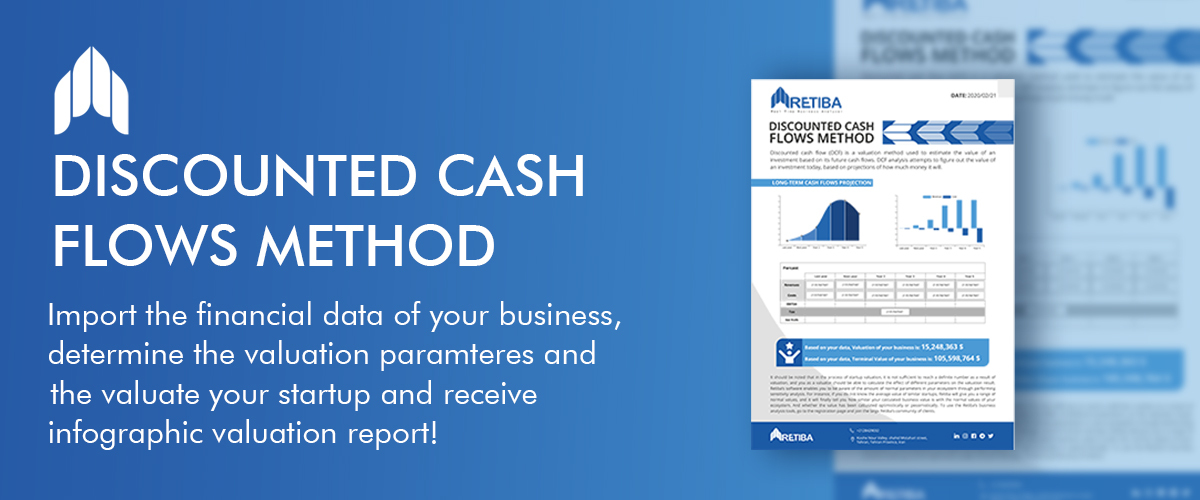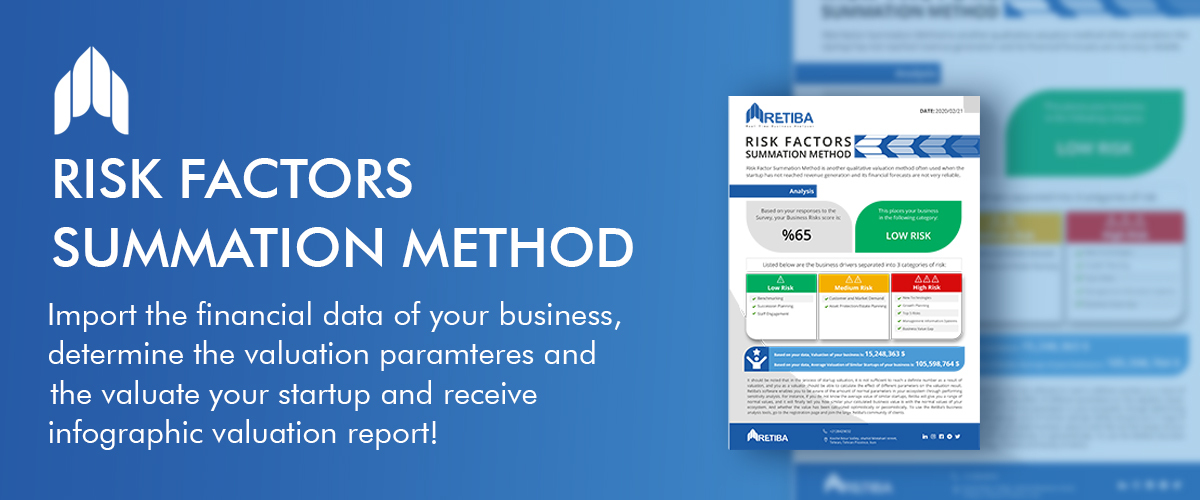When launching their business, Many entrepreneurs always imagine its future with their presence at the top position with full ownership of the company; in reality and most of the time, however, it does not happen. Normally, after going through the initial stages or even while crossing the obstacles of this stage, the startup needs funding, and after that, a part of the company’s equity is transferred from the entrepreneur and the founder of the company to the investors. Of course, apart from investment, there are other events that have a similar effect on the division of stocks and reducing the owner’s share. In order for keeping track of these changes in the company’s shares, it is necessary that all interactions be recorded and that it is clear at any time who owns what part of the company’s shares. Recording these items is actually creating the simplest form of capitalization table; a table that can profoundly influence decisions and even change the strategy and behavior of the whole company.
Capital inflows and outflows are recorded in the capitalization table. For example, if before the first period of raising capital, the founders own 100% of the company and their company is worth 1 million tomans when raising the capital, the entry of 1 million tomans of new capital by the investor means 50% reduction in the share of the founders, and its transfer to the investors. As a result, the company’s founders sacrifice their share of ownership in exchange for increasing the company’s available capital. A capitalization table is a way to show and record these changes. In a part of this table, and the value of the company is reported and it is possible to see the change in value by comparing the pre-money and post-money values. In another part of this table, the names of investors and the percentage of their ownership, the type of ownership and their rights or privileges are recorded.
Table of Contents
Changes in the capitalization table over time
As mentioned earlier, the capitalization table is a document to record and keep track of all changes in the company’s capital. So it is clear that the capitalization table is necessarily a lively and dynamic document. The company undergoes many changes over time. Companies typically experience funding, borrowing loans, transfer of equity, as well as a variety of ways of capital raising, all of which should be listed in this table. In addition to reporting what has happened, the capitalization table should also have a glance at possible scenarios. For example, convertible debt, convertible loan, options for selling and transferring equity, etc. all have an effect on the future financial process of the company and should naturally be considered in this table.
For instance, if the company has a contract that will dilute the stock in the near future, this effect should be considered in the capitalization table. In general, as the company develops and the number of its transactions increases, the changes in the capitalization table also increase. For this reason, the accuracy of the calculations of this table, being regularly updated and of course its comprehensiveness are important for managers and investors, which is usually carried out with the help of software. Many companies, especially startups, leave the responsibility of registering and updating this information to the experts in the field to ensure accurate and correct registration of information.
The application of the capitalization table for decision-making
At first, the capitalization table document may not seem very important and efficient. In fact, managers and investors make many decisions using this document. Some decisions such as funding, adding new members to the company’s shareholders, giving different points or options to shareholders, business development and even hiring new employees can also be influenced by the interpretation of the numbers recorded in this table. It is also the capitalization table that determines the amount of equity that can be transferred to employees or partners; an option that is the main way to motivate employees and attract experts for many startups. A start-up that utilizing such a strategy should also have a perspective on the outcome of its decisions and determine the actual percentage of its equity to be transferred.
These options can be considered in the capitalization table. This means that even if the company does not currently employ such a strategy, it can still set aside a portion of the shares to implement the plan in the future. This part of the shares is registered in the capitalization table and other decisions to attract capital, etc. are made accordingly. The capitalization table includes all future plans and options, assuming they are implemented. That is, if part of the capital is to be allocated to employees in the future, in the capitalization table, this part of the stock will be allocated to employees at the present time to determine its long-term effects.
What is a distinction between common stock and preferred stock in the cap table?
Additionally, there is a distinction between common stock and preferred stock in the capitalization table, which must be taken into account in all decisions. Therefore, the capitalization table determines the financial status and ownership of the company at any given time. However, to make the most of this tool, it is best to work with experienced companies in this field. Creating, updating, managing, and interpreting a capitalization table is usually designated to accounting firms, and the results are used to consult with a lawyer to make the decision to implement the most appropriate strategy with respect to changing ownership and financial position of the firm. Collaborating with professionals to manage the capitalization table is essential because any mistake in entering information or its late update may lead to decisions based on incorrect and expired data which may have serious consequences for the company.







